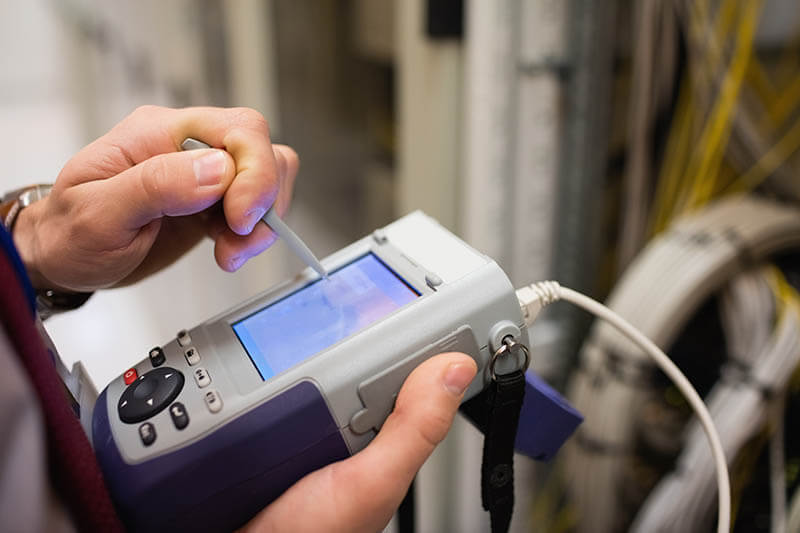Portable appliance testing is a process used to check the safety of electrical appliances. It involves a combination of visual inspections and electrical testing to ensure that appliances are safe to use and free from faults that could cause electric shocks or fires. Common items tested include kettles, microwaves, fridges, computers, power tools, and extension leads—essentially anything with a plug that can be moved around.
The main purpose of PAT testing is to prevent electrical accidents in workplaces, rental properties, and other environments where appliances are regularly used. While it is not a legal requirement in itself, PAT testing is a widely accepted way to comply with health and safety regulations, such as the UK’s Electricity at Work Regulations. These laws require that electrical equipment is maintained in a safe condition, and PAT testing provides a practical way to demonstrate this.
PAT testing is commonly carried out in offices, construction sites, schools, hospitals, and by landlords for rental properties. The frequency of testing depends on the type of appliance, how often it’s used, and the environment it operates in. High-use or high-risk items may need more frequent testing, while low-risk appliances in a safe environment may not need it as often.
Obtaining a PAT certificate for your appliances not only brings you peace of mind but also ensures following benefits:

A PAT test must be carried out by a qualified person or trained technician. Below are the steps a technician will typically take to complete a PAT test.
You can get a PAT test certificate by calling KCS Electrics. We will schedule a visit to your property and carry out the portable appliance test which will involve:












